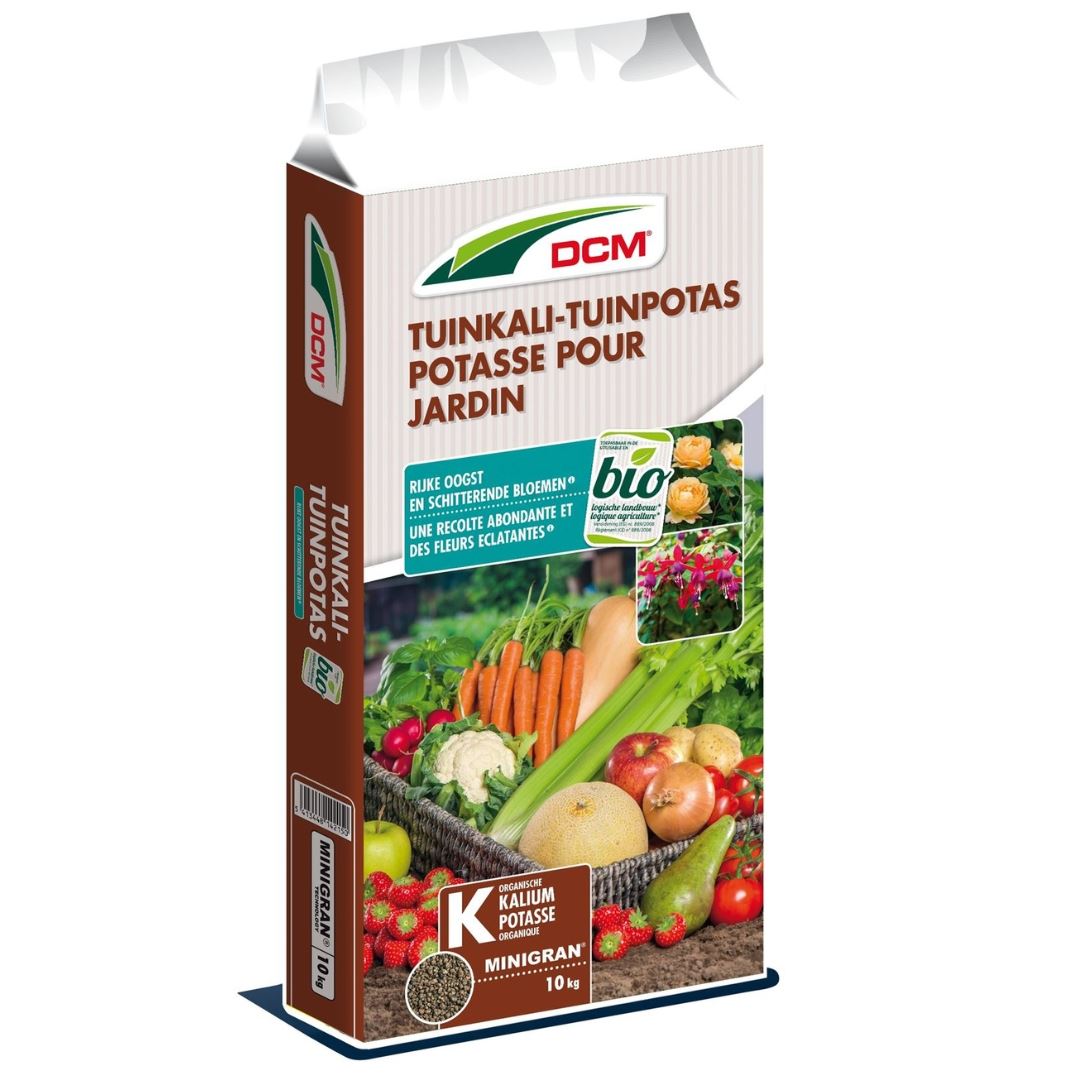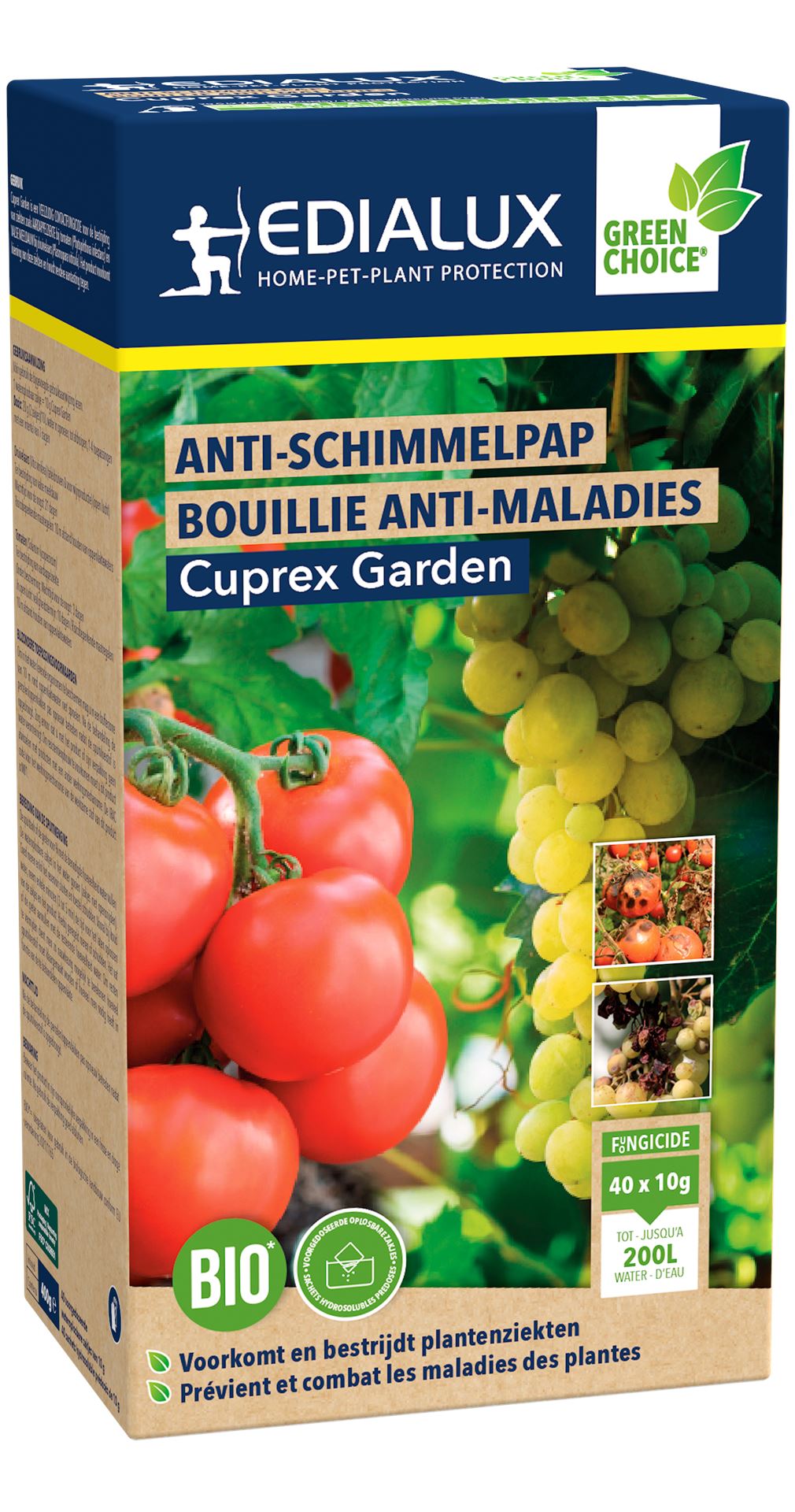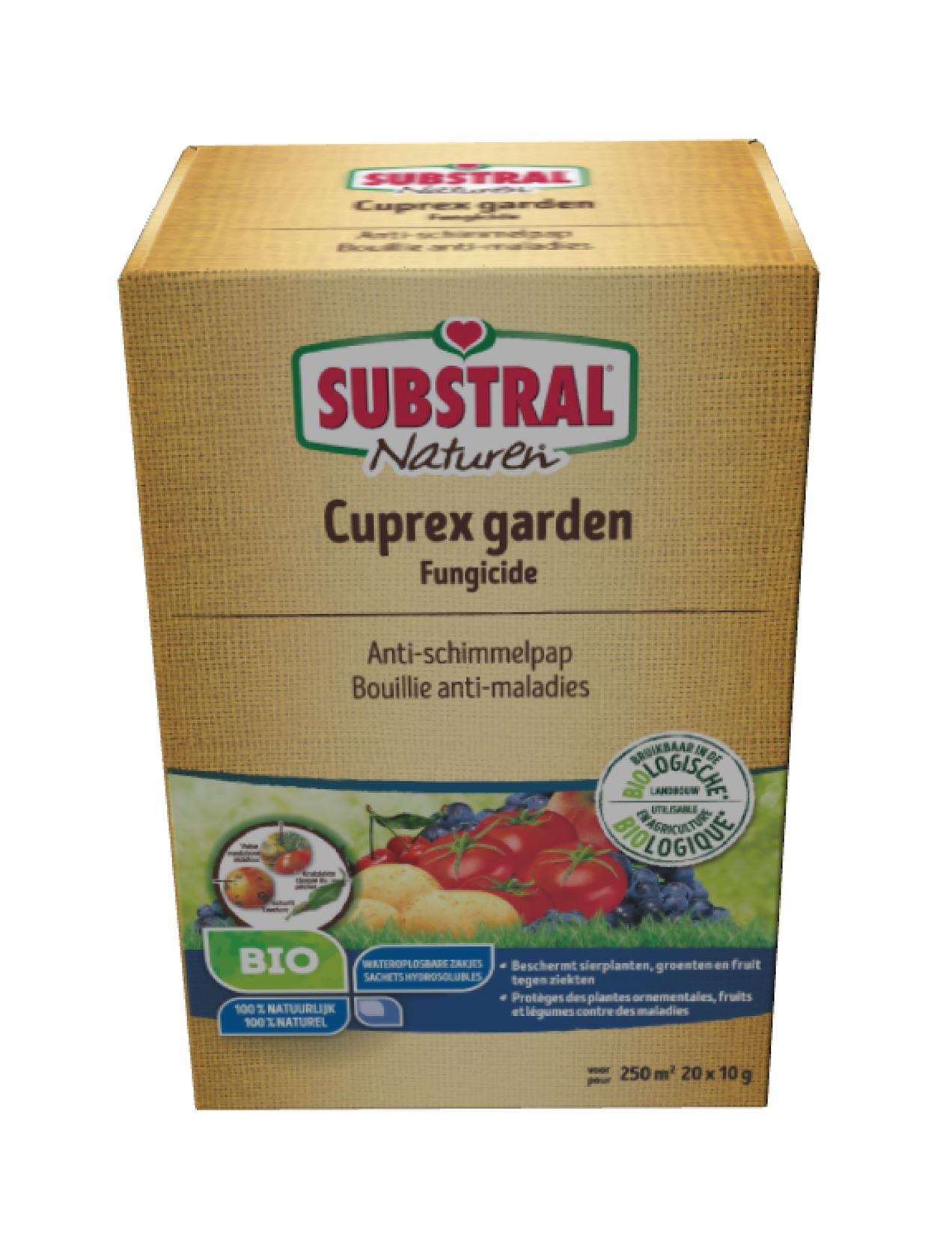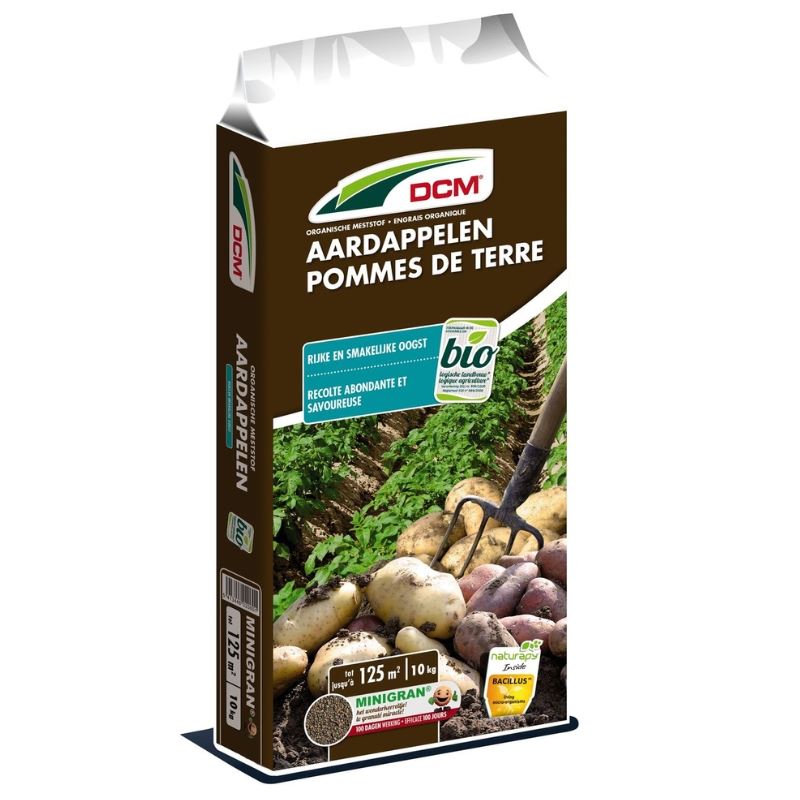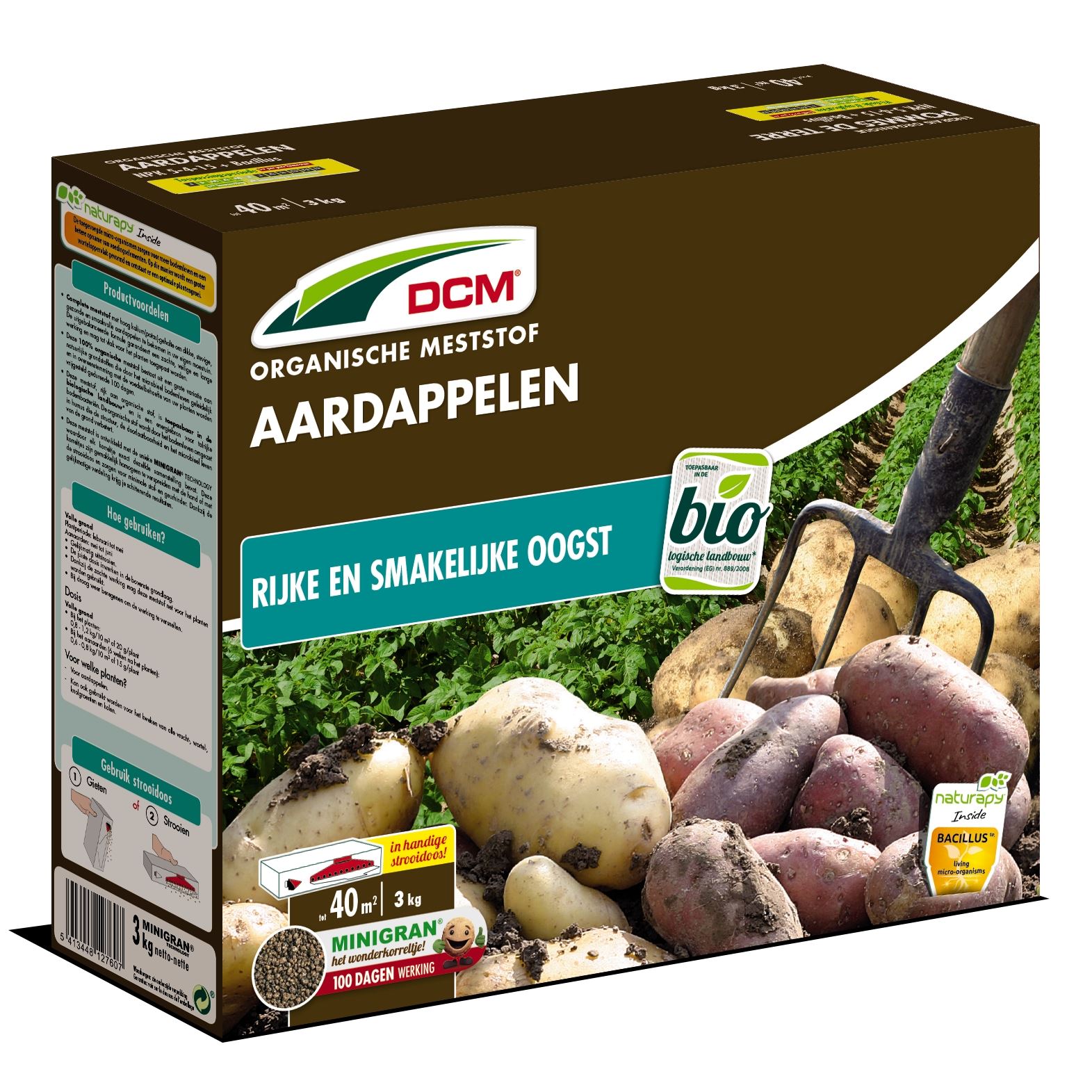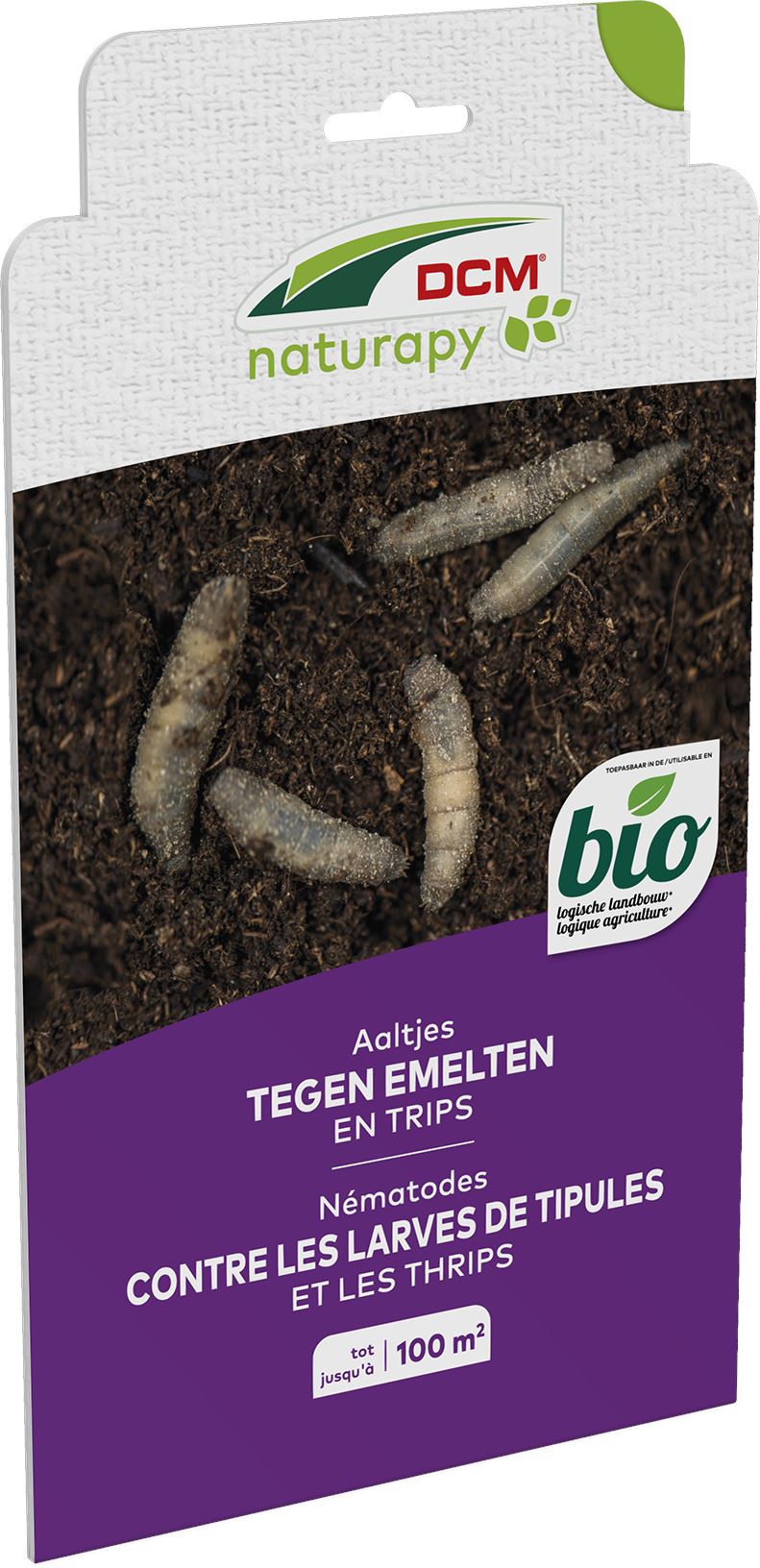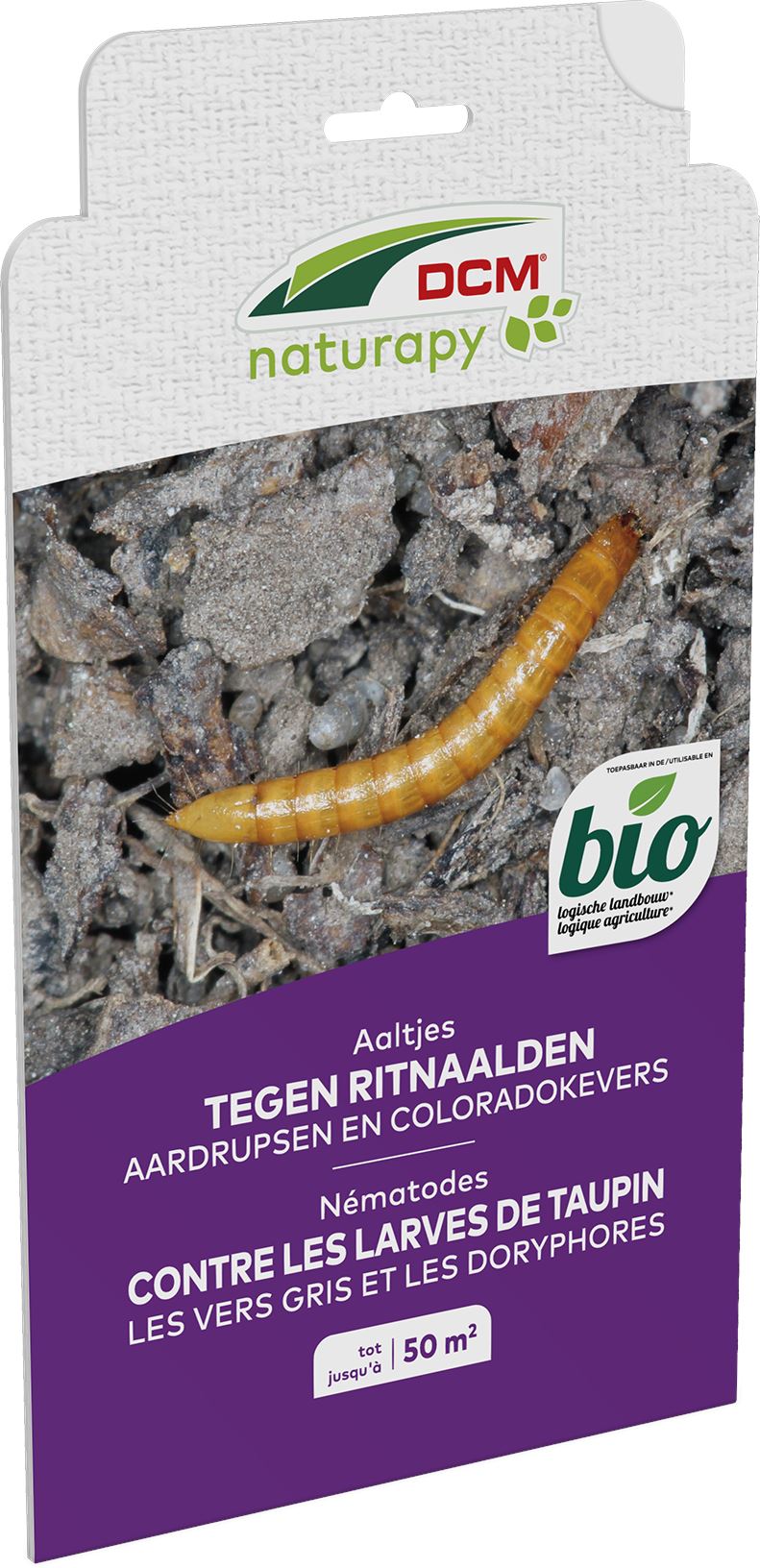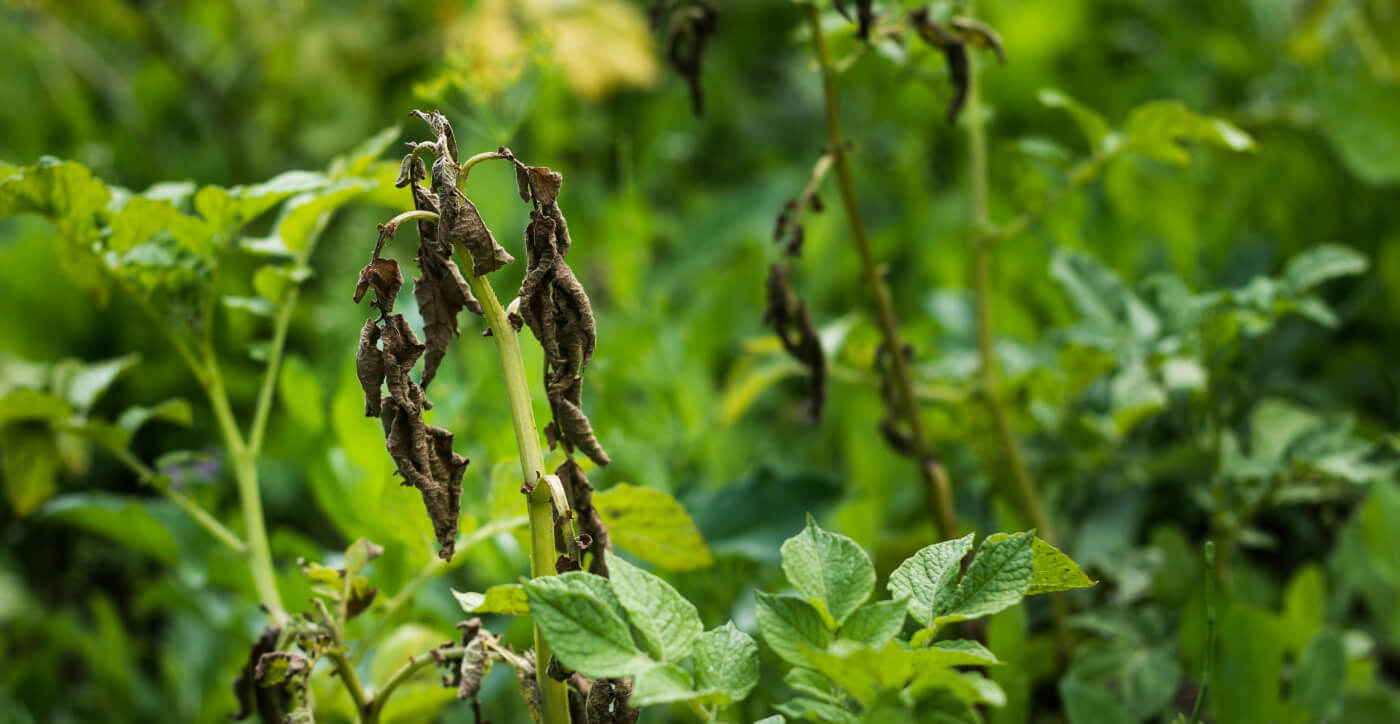
The potato blight or Phytophthora
Potato blight, also known as the tomato blight, is a feared fungal disease among vegetable gardeners. In warm, humid and windless weather, the chance of this plague striking is remarkably greater. A warm and rainy day creates the perfect environment for this fungal disease to spread.
The first symptoms are brown spots appearing on the underside of the foliage. From there it quickly spreads to the whole leaf, the stem and eventually the tuber. Potato blight is highly contagious and can also spread to other crops such as tomatoes.
Preventive measures
However, you can already take a lot of action to prevent this pest from striking your potatoes. A few tips:
- Choose potato varieties that are more Early varieties are usually harvested at the time when the potato blight starts to appear. By planting early varieties you are actually ahead of the fungal disease! That is why these potato varieties are so popular among hobby growers.
- Good ventilation is key when growing in a greenhouse or covering the plants with plastic sheeting.
- Be careful with nitrogen-rich fertiliser: the more nitrogen, the more leaf development. More leaf development increases the chance of fungi and you do not easily spot diseases because they are 'hidden' between the leafy green.
- Plant the seed potatoes a little further apart
- Use the ecological sprayer Bordeaux mixture (Cuprex) preventively. This product, half of which consists of copper oxychloride, lays a layer on the leaves so that the germination of moulds is prevented. You should use it mainly as a preventative measure. Has the plague got hold of your potatoes? Then you need to remove as much affected foliage as possible, and you can apply the Bordeaux porridge to avoid further damage.
Colorado potato beetle
Tip from Marcel!
Attention: In addition to the potato blight, the Colorado potato beetle
Colorado potato beetle is also a threat to your potato plant. This beetle can be recognised by its
yellow-black striped wing-cases. The beetles start flying in April and lay their eggs on the underside of the potato plant leaves in June.
The poisonous larvae which hatch from these eggs first eat the remains of the egg shell and then pounce on the leaves of the potato plant. When they have eaten their fill, they drop down and crawl into the ground to pupate. So the message is to check your potato plant regularly. Has the damage already been done, and have the eggs nestled in your potato plant? Then you can fight them with Conserve garden.
More tips to fight the Colorado potato beetle or potato blight? 👇
More info? Receive all our gardening tips directly in your mailbox!
We'll only email you handy facts, green advice and our best promotions & discounts. You'll receive it about once a week and you can unsubscribe at any time. No spam, promise 🤞












